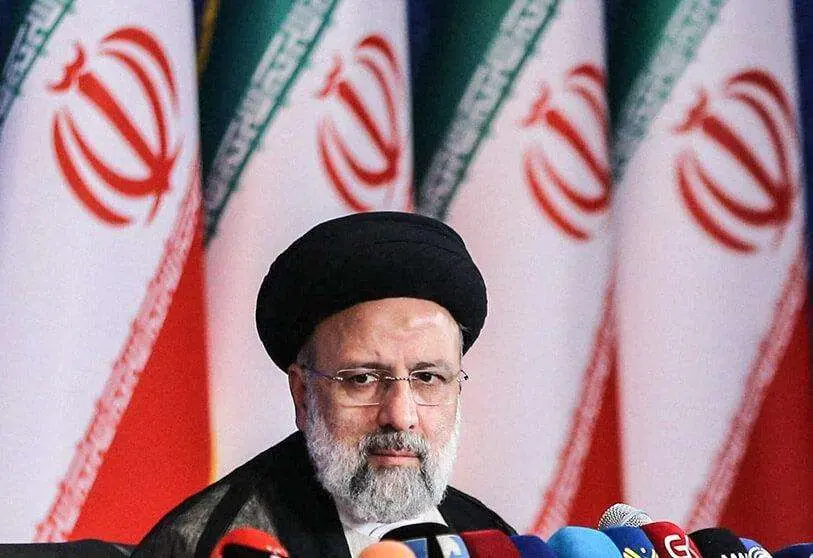Young woman arrested in Iran for improperly wearing the veil dies

Mahsa (Jina) Amini, a 22-year-old woman from Saqqez, Kurdistan province, who had travelled to Tehran with her family, was arrested on Tuesday 13 September at the entrance to the Haqqani highway by a "vice patrol". She was then taken to the repressive department known as "vice security".
As she protested against the detention, she was beaten by the security officers. Due to the seriousness of her injuries, she was transferred to Kasra Hospital in Tehran. After examining Mahsa, the doctors treating her announced that she had suffered a heart attack and brain death at the same time. Mahsa's brain death is said to be due to a fractured skull caused by the violent blows to her head by the officers.
Fearing public reaction to this barbaric crime, Iranian President Ebrahim Raissi ordered his Interior Minister Ahmad Vahidi to investigate the incident.
The Kassra hospital remained under the total control of police and intelligence agents. Zhina Amini's parents were with their daughter in the hospital. The intelligence services threatened the family of Zhina Amini (Mahssa).
On 8 July 2022, during his regular Friday sermon, the imam of Ardakan declared that "the hijab is one of the factors of authority and national security" in the country. In Karaj, and in many other cities of the Islamic republic, the speeches of the imams converge on this crucial point for the stability of the regime: "poorly veiled" women represent a real danger for the mullahs' Islam. It is impossible for them to emancipate themselves. The wearing of the veil has become a central issue in the struggle between the people and the authorities.
Iran's current president, Ebrahim Raissi, has understood this well. By ordering the country's internal repressive organs to focus their attention (and violence) on 'appropriate' responses to rebellious women, he still hopes to contain an anger that has been building up for many years, the hard way. Indeed, Iran is currently witnessing a new cycle of unprecedented brutality against 'poorly veiled' women, whether in offices, on the streets or in shopping malls. Everywhere, moral security police cars patrol and impose their presence in plain sight.
The fact is that Iranian society is in an explosive situation. Resistance units have developed, rather like the resistance units during the occupation of France by Nazi Germany. They are now active in every street of every city in the country.
These units are prepared to lead the explosion of anger towards democratic change in Iran. According to sources close to the regime's intelligence services, the name of the exiled opposition leader is becoming increasingly prominent in the demonstrations. Demonstrators chant the name of Iranian resistance leader Maryam Rajavi along with slogans advocating gender equality and the separation of religion and state. Indeed, he expressed his condolences to Mahsa Amini's family and said that "the misogynist regime of the mullahs is killing more Iranian women and girls every day". The regime fears this explosion as much as it fears the mobilisation of an army of hungry, jobless and hopeless people.
By targeting women in particular, who occupy a predominant place in Iranian society, Ebrahim Raissi and the supporters of an ultra-restrictive Islamic policy are above all trying to control society. It is therefore easier to understand, seen from the West, Imam Juma's comments on the hijab.
In this context, human rights activists wonder why we should accept the presence of the current Iranian president, Ebrahim Raissi, at the UN General Assembly that began on 13 September in New York. According to Amnesty International and the UN, Raissi was implicated in the massacre of political prisoners in Iran in 1988.



